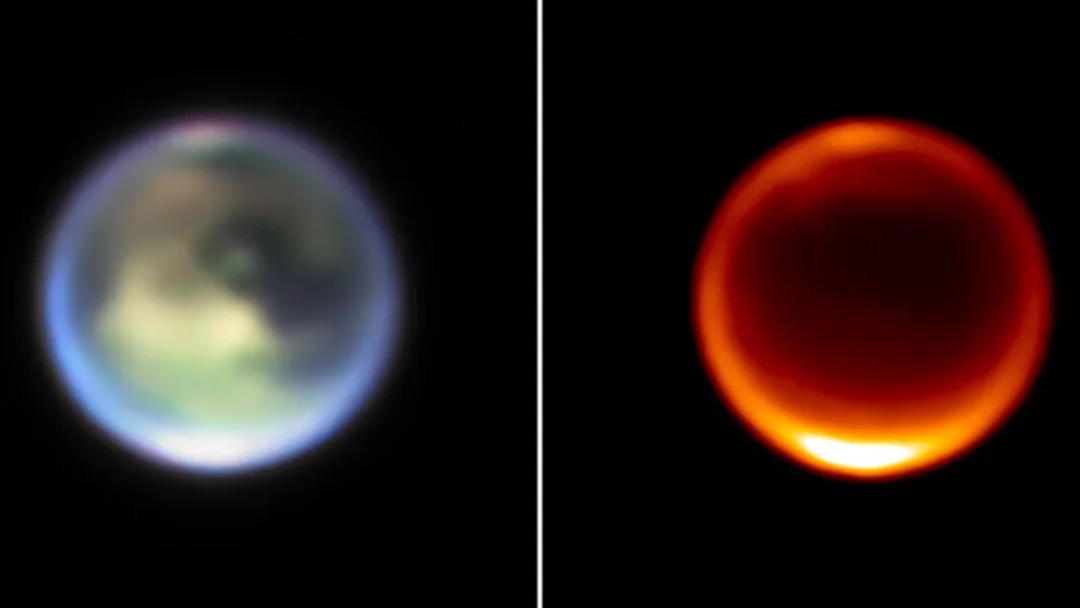
James Webb Telescope Unveils Ghostly Clouds and Missing Chemistry on Saturn’s Moon Titan
The James Webb Space Telescope (JWST) has once again pushed the boundaries of space exploration, capturing unprecedented images of Saturn's largest moon, Titan. These new observations reveal the first evidence of cloud formation in Titan's northern hemisphere and identify a crucial missing piece in the moon's atmospheric chemistry.
Titan, second only to Jupiter's Ganymede in size among the solar system's moons, has long intrigued scientists due to its Earth-like weather patterns, including clouds and rainfall. However, instead of water, Titan's weather is based on liquid methane, leading to lakes and seas of this organic compound. The JWST, in collaboration with the Keck Observatory in Hawaii, has now provided a groundbreaking look at these processes.

During observations in November 2022 and July 2023, the JWST detected cloud convection, a process where warmer air rises, carrying moisture to form clouds. While cloud activity had previously been observed in Titan's southern hemisphere, this discovery marks the first instance in the north, where most of the moon's lakes and seas are located. "Titan is the only other place in our solar system that has weather like Earth, in the sense that it has clouds and rainfall onto a surface," stated Conor Nixon of NASA's Goddard Space Flight Center.
But the JWST's discoveries didn't stop at cloud formation. Its data also identified a "key missing piece" in Titan's atmospheric chemistry: a methyl radical (CH3). This molecule, with its unpaired electron, is a product of methane being broken apart by sunlight and electrons from Saturn. The detection of methyl radical provides scientists with a real-time view into the chemical processes occurring on Titan. As Stefanie Milam, astrochemist and study co-author, puts it, "For the first time we can see the chemical cake while it's rising in the oven, instead of just the starting ingredients..."

These findings have significant implications for the long-term understanding of Titan's atmosphere. As methane is continuously broken down, its replenishment becomes a crucial factor in determining the moon's future. A lack of methane replenishment could potentially lead to Titan becoming a "mostly airless world of dust and dunes," according to Nixon.
Looking ahead, NASA's Dragonfly mission, scheduled to launch in 2028 and arrive at Titan in 2034, aims to further explore the moon's chemistry and potential habitability. This nuclear-powered octocopter will traverse various locations on Titan, providing invaluable in-situ data.

The combined efforts of the JWST, ground-based observatories, and the upcoming Dragonfly mission promise to unveil more of Titan's secrets, potentially shedding light on the origins of life and the future of this fascinating world.
What are your thoughts on the implications of these discoveries? Share your opinions in the comments below!